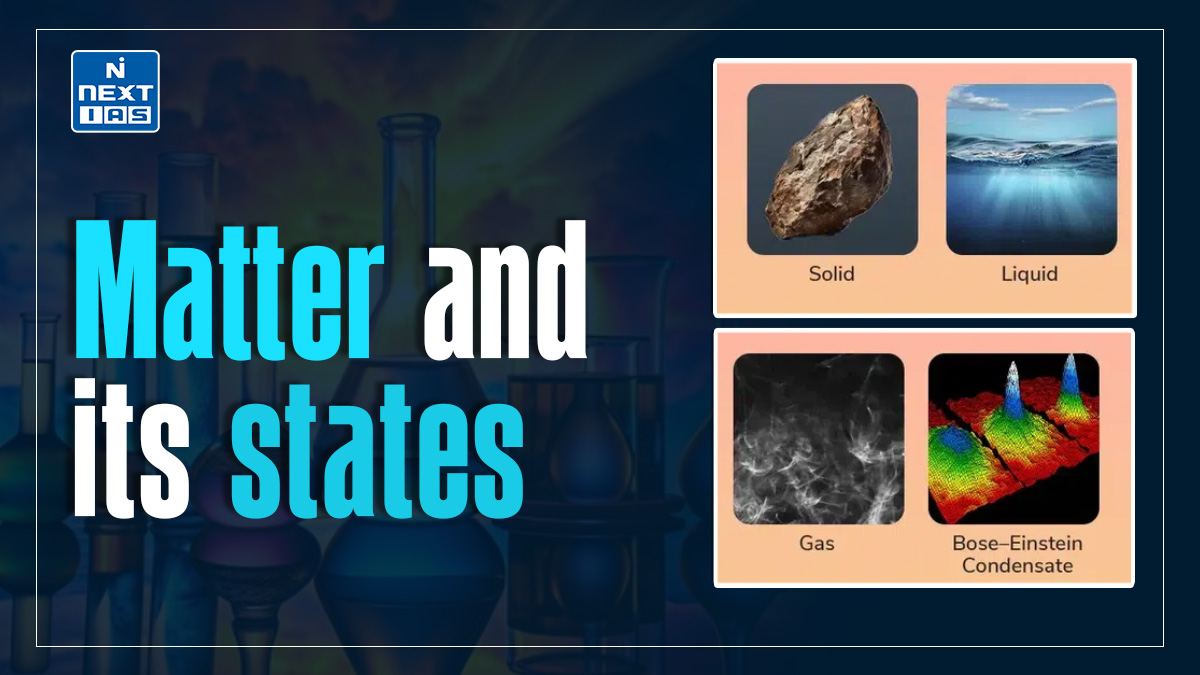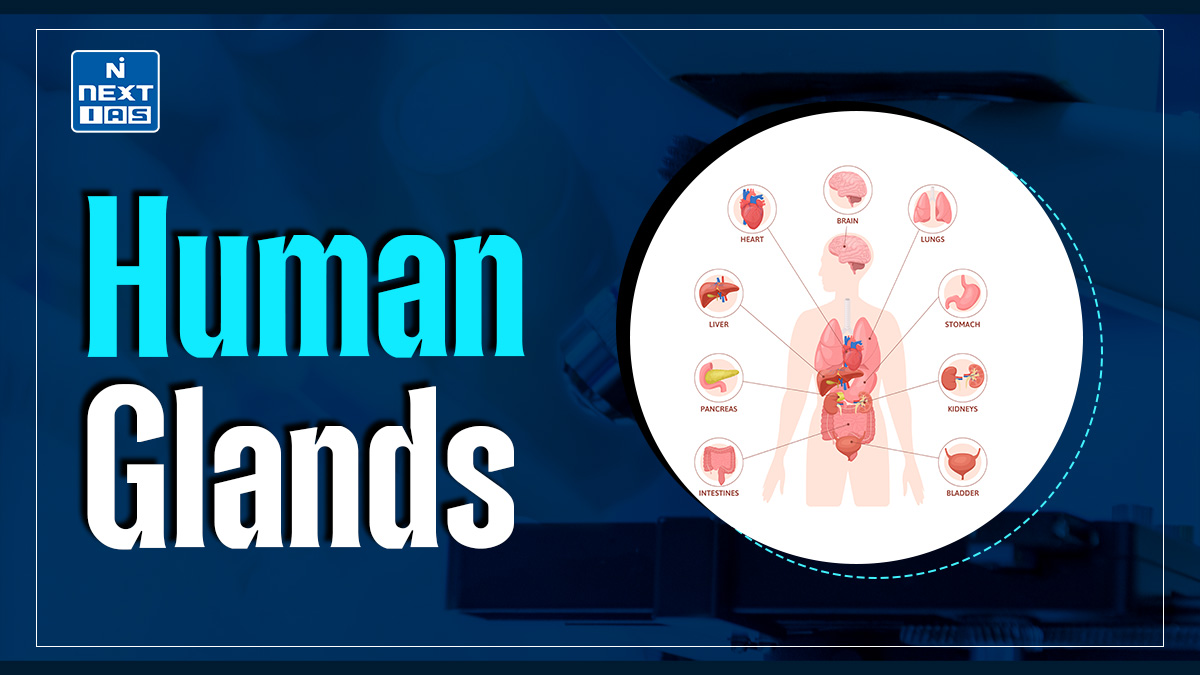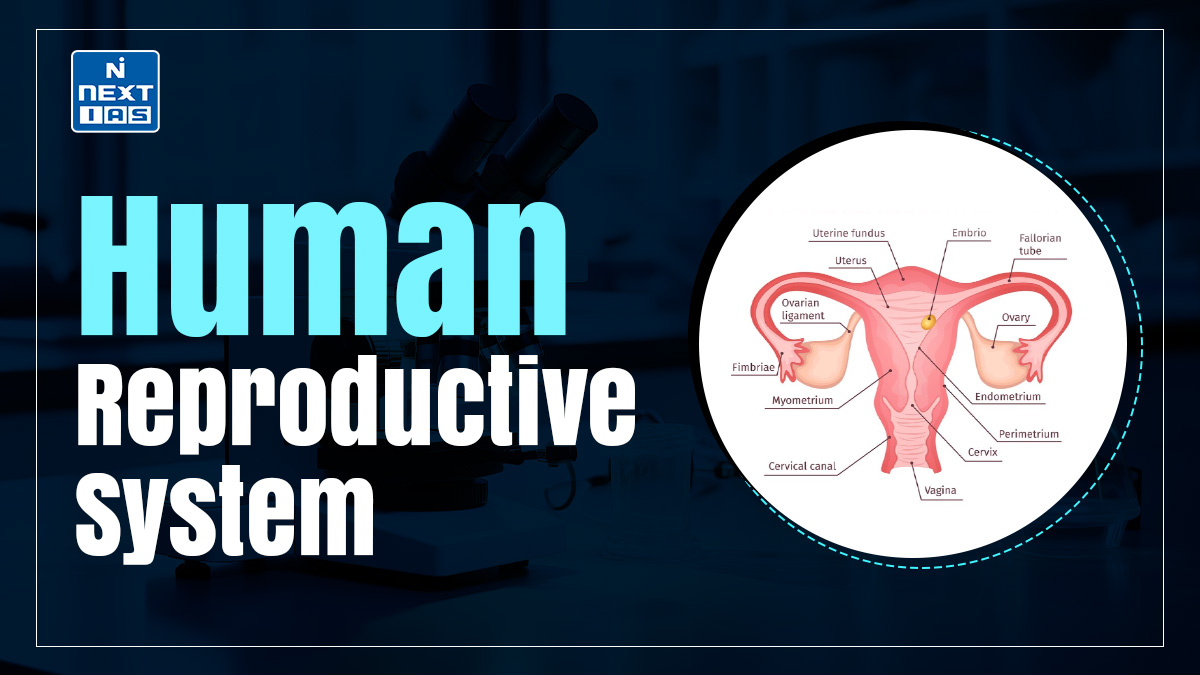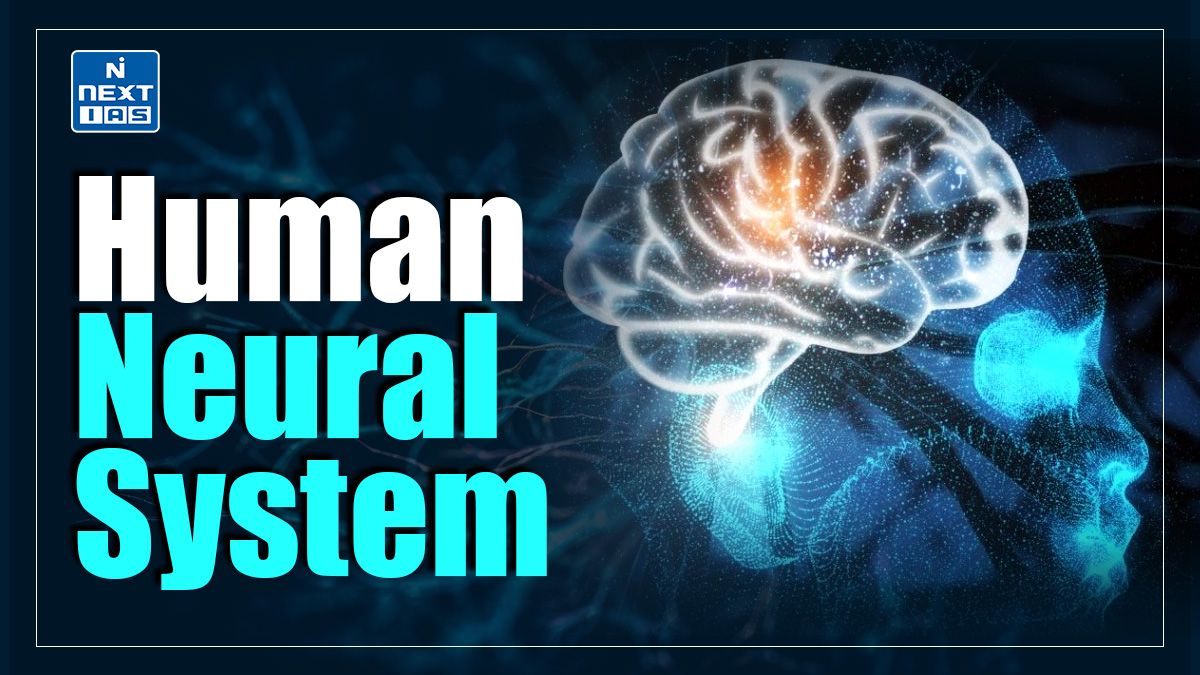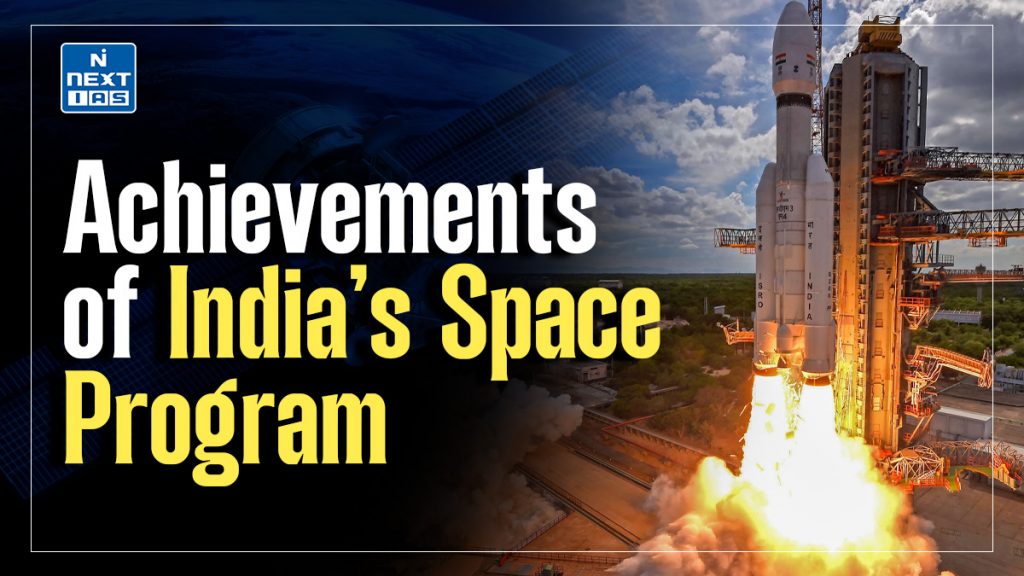
India’s space program, led by the Indian Space Research Organisation (ISRO), has achieved remarkable milestones, from launching low-cost missions like the Mars Orbiter Mission (Mangalyaan) to successful lunar explorations with Chandrayaan. It has positioned India as a major space power, advancing scientific research, satellite technology, and international collaboration in space. This article aims to provide information about Achievements of India’s Space Programs.
About the India’s Space Program
- Dr Vikram Sarabhai is considered to be the father of Indian Space Programme. He had a vision of making India venture into space and play a meaningful role in developing technologies. Ever since 1980, India had managed to make a mark by developing its own satellite.
- Indian National Satellite (INSAT) system is one of the largest domestic communications satellite systems in the entire Asia-Pacific. Indian National Satellite System helps in weather forecasting, disaster warning along with providing search and rescue services. ISRO is located in Bengaluru and was established in 1969. Jawaharlal Nehru along with Vikram Sarabhai had founded INCOSPAR (Indian National Committee for Space Research) in 1962.
- From the establishment of INCOSPAR in 1962, the Indian space programme began establishing itself with the launch of sounding rockets, which was complemented by India’s geographical proximity to the equator. Thumba Equatorial Rocket Launching Station (TERLS) was built near Thiruvananthpuram in Kerala for this purpose. Subsequently, India developed indegeneous technology of sounding rocket called Rohini family of sounding rockets.
- The Indian Rohini programme continued to launch sounding rockets of greater size and complexity, and the space programme was expanded and eventually given its own government department, separate from the Department of Atomic Energy. On August 15th 1969 the Indian Space Research Organisation (ISRO) was created from the INCOSPAR programme under the DAE, continued under the Space Commission and finally the Department of Space, created in June of 1972.
- Recognizing the advanced capability India had in building solid motors with the Rohini series, and that other nations had favoured solid rockets for similar projects, the ISRO set about building the technology and infrastructure for the Satellite Launch Vehicle (SLV). Inspired by the American Scout rocket, the vehicle would be a four-stage all-solid vehicle.
- India began developing satellite technology anticipating the remote sensing and communication needs of the future. India concentrated more on practical missions, directly beneficial to people instead of manned space programs or robotic space explorations. The Aryabhata satellite, launched in 1975 from Kapustin Yar using a Soviet Cosmos-3M launch vehicle, was India’s first satellite.
- It was not until 1992 that the first successful launch of the ASLV took place. At this point the launch vehicle, which could only put very small payloads into orbit, had achieved its objective. In 1993 the time had come for the maiden flight of the PSLV. The first launch was a failure. The first successful launch took place in 1994 and since then the PSLV has become the workhorse launch vehicle – placing both remote sensing and communications satellites into orbit, creating the largest cluster in the world.
- Currently, GSLV III is the most powerful Indian launch vehicle in operation. The first development flight of the GSLV series took place in 2001. The programmes benefit have been scrutinized due to frequent payload cutbacks and delays. The indigenous cryogenic engine for the GSLV’s upper stage was tested in 2007. ISRO had recognized the necessity of the GSLVs for carrying heavy payloads and developed an indigenous launch vehicle, GSLV III.
- The MOM mission concept began with a feasibility study in 2010, after the launch of lunar satellite Chandrayaan-1 in 2008.
- ISRO has created history on 15th February 2017 by launching highest number of satellites in one go, when its PSLV-C37 rocket placed 104 satellites into the space in a single mission. Earlier this record was held by Russia. The launch included 714 kg CARTOSAT -2, two ISRO Nano Satellites INS A and INS B and 101 foreign satellites of different countries including the US, Israel and UAE together weighing about 700 kg and placed them into polar Sun synchronous orbit about 520 km away from the earth.
- In 2019, India launched it’s second Moon mission i.e. Chandaryaan-2 using it’s indigenous launcher GSLV MKIII. Along with increasing its capacity and reach in Cryogenic technology, India is working for a manned mission to moon in coming years. This will truly be a revolutionary achievement for India’s Space Program, and help it to outshine in the field of Space Technology and Research.
Achievements of India’s Space Program
India’s space program, spearheaded by ISRO, has achieved significant milestones, establishing it as a prominent player in space exploration. Key achievements include:
- Aryabhata (1975): India’s first satellite, marking the nation’s entry into space research.
- PSLV Success: The Polar Satellite Launch Vehicle (PSLV) has become a reliable workhorse, launching numerous satellites for India and other countries at a fraction of global costs.
- Chandrayaan Missions: Chandrayaan-1 (2008) confirmed the presence of water on the Moon, and Chandrayaan-3 (2023) made India the first nation to land near the lunar south pole.
- Mangalyaan (2014): India’s Mars Orbiter Mission (MOM) made India the first Asian country to reach Mars orbit, and the first worldwide to do so on its first attempt.
- NAVIC: India’s regional satellite navigation system provides accurate positioning services, enhancing national security and aiding disaster management.
- Gaganyaan Mission Preparation: The Gaganyaan mission aims to send Indian astronauts into space, advancing India’s human spaceflight capabilities.
- Commercial Launches: ISRO’s commercial arm, NSIL, has attracted international clients, launching over 300 foreign satellites, underscoring India’s competitive edge in low-cost space solutions.
These achievements underscore India’s growth in satellite technology, interplanetary missions, and global space partnerships.
Lacunae in India’s Space Program
- Despite its achievements, India’s space program faces several gaps. Funding constraints limit large-scale projects, while reliance on foreign technology hampers self-sufficiency. Additionally, India’s space missions are often focused on immediate, cost-effective goals rather than long-term exploratory missions. Gaps in private-sector engagement and delays in developing critical technologies like human spaceflight infrastructure also slow growth, impacting the program’s global competitiveness and innovation.
Way Forward
- To advance further, India’s space program should enhance investment in research, innovation, and infrastructure, particularly in human spaceflight, deep-space missions, and reusable launch technology.
- Strengthening collaboration with global space agencies will support knowledge exchange and larger missions. Additionally, fostering private-sector involvement through policies and incentives can boost indigenous technology development and space-based applications.
- Building capabilities in space exploration, space-based industries, and resource utilization, including lunar and asteroid mining, will strengthen India’s position in the space economy. Investing in space science education and STEM programs can nurture a skilled workforce essential for sustaining India’s space ambitions long-term.
Conclusion
- India’s space program has evolved into a symbol of technological prowess, innovation, and self-reliance. With milestones in lunar and Mars exploration, satellite technology, and cost-effective launches, ISRO has placed India among the leading spacefaring nations.
- However, to sustain its growth and address challenges, India must invest in advanced research, expand private sector involvement, and enhance human spaceflight capabilities. By building on its achievements, India can continue to make significant contributions to space exploration and global scientific knowledge.

